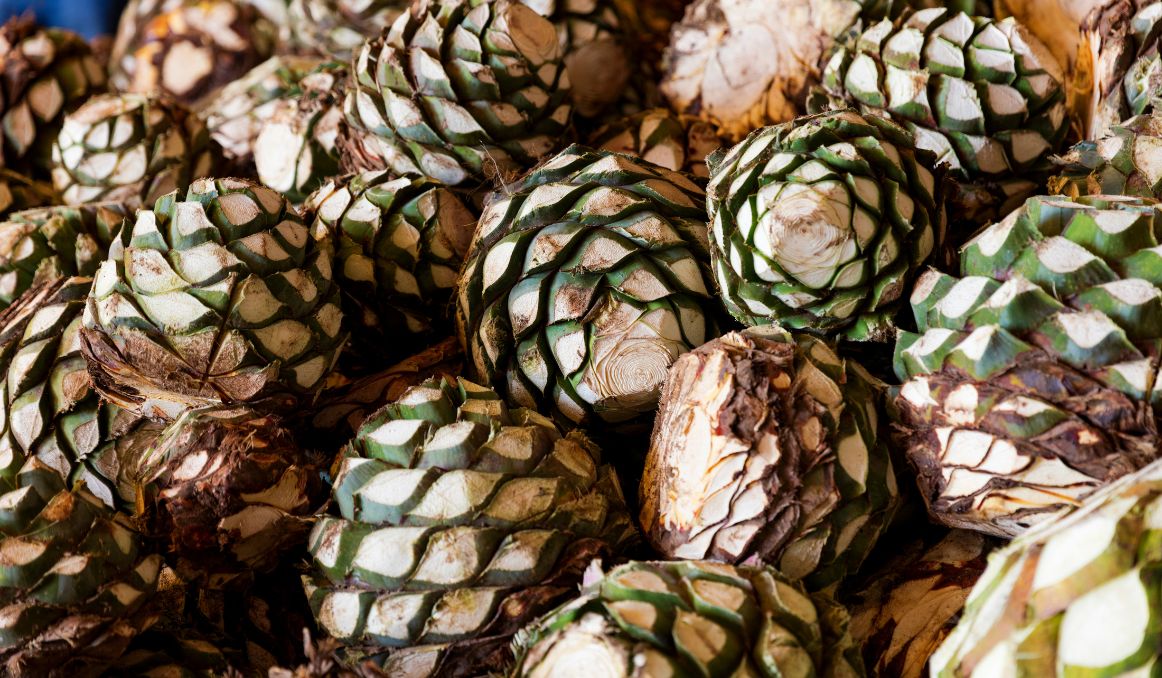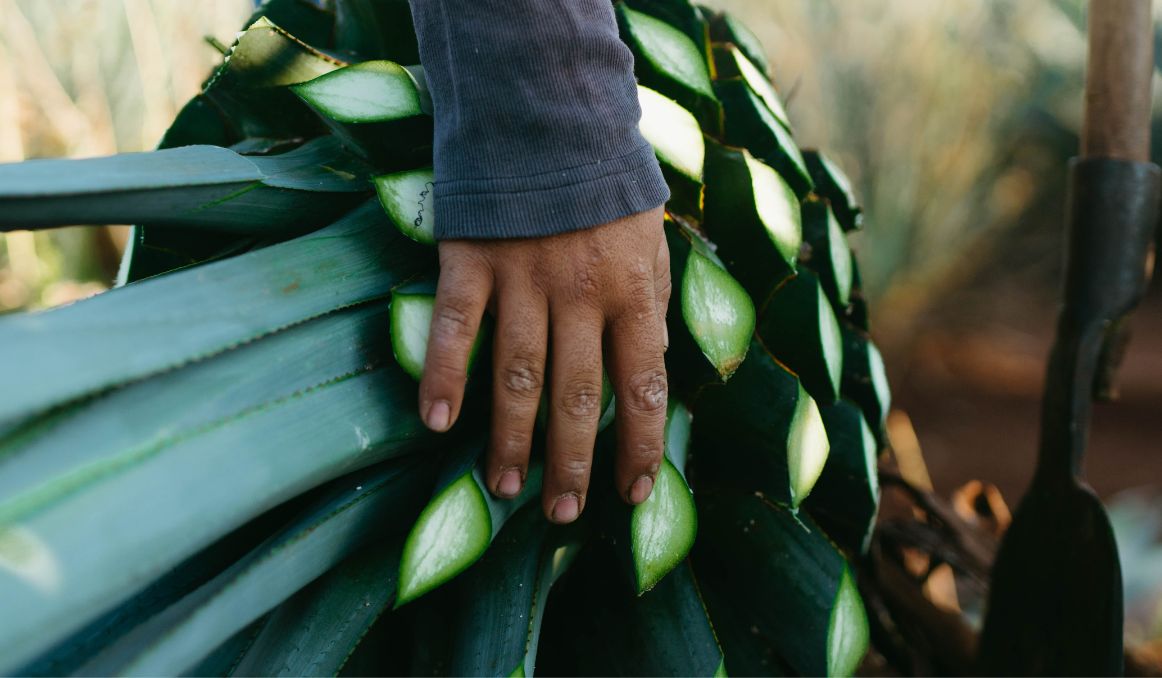Beer Made from Agave: What’s that About?
As craft brewers get more experimental with their brews, more spices, more ingredients to play with, and even more fermentable sugars to try out, the list just keeps getting longer.
As an alternative to sugar cane and the oft villainized corn syrup, agave has made a name for itself as an alternative sweetener with a low glycemic index.
But what does that have to do with beer? Is beer made from agave even a thing?
As it turns out, it is! And so far, agave beer has gotten great reviews. Let’s take a look at how we got here.

A History of Agave
The agave plant is a succulent that grows long leafy stems and houses a fruit right at its center, called piña, which is where the agave syrup is hidden. The agave plant grows in the southwestern desert regions of the United States, Mexico, Central America, and throughout South America, which is why the first to utilize this plant were the indigenous in Mexico.
Maguey
The maguey plant is the early cousin of the agave, very similar in look and flavor, with the same structure of protective leaves on the outside and syrup laden fruit on the inside.
The Aztecs, one of the largest civilizations to rule in Mexican territory and the most recent culture before colonization, utilized the maguey plant to make a drink called pulque, which was thought to be the nectar of their gods.
Pulque
Pulque was a simple drink of fermented maguey nectar, but it was used in sacred ceremonies, and indeed some thought of pulque as the blood of one of their gods, and by most to be a gift from the gods.
To make pulque, the heart of the maguey plant is cut out, which leaves a cavity, and that cavity then quickly fills up with sap.
The sap, called aguamiel in Spanish (honey water in English), is then collected and placed into a cask.
The largest difference between pulque and tequila, which is made from agave sap, is that the sap is not cooked.
In fact, the “cold” fermentation begins almost immediately after the aguamiel has been placed in the cask and it is complete in a matter of hours.
The result is pulque, a milky white viscous liquid that most people love, once they acquire the taste for its zingy sour flavor.
Pulque is lightly alcoholic and pleasantly carbonated, similar to beer, and can truly be thought of as the original agave beer.
Unfortunately, pulque often goes bad by the end of the day it is made, it does not store well, and it does not travel well, so you really have to travel to Central Mexico to try it.
Distillation and Tequila
To get around the storage and travel problems surrounding pulque, the Spanish began using the cousin plant, the agave, to cook the sap, or the nectar, and then wash it, adding water, at which point the liquid is called agave mosto, and then distilling it to produce a sweet liquor that could be served immediately upon fermentation or after aging in barrels.
This liquor is the tequila we know and love.
Beer Made from Agave

Still, it would take centuries for craft brewers to pick up on this opportunity to use agave nectar as a fermentable sugar in their brew.
Perhaps it is because agave is not as widespread as can sugar or even honey.
Maybe it is because the Mexican government declared that tequila can only be made in Mexico back in the 1960s, which drew attention away from the agave plant.
Who knows?
One thing is for sure, agave has certainly hit the market today.
It is not difficult to make beer using agave nectar.
The brewer will need to harvest the piña and follow many of the same steps used to make tequila.
First, you will need to bake the piña bulb in order to extract its fermentable sugars, which you can do in a large, stainless steel oven.
Then, you will shred the piña and extract the agave juice, washing it with water, which creates a kind of juice. This process is a lot like the production of cane juice from sugar cane.
It is essential here that you wash the agave plant, so you don’t end up with a drink that is too strong. Otherwise, you will be much closer to tequila and might as well distill it.
Only don’t, unless you’re in Mexico, or you might get in trouble with the Mexican government.
Next, you want to follow the same steps you would with any beer – bring your juice to a boil, add your yeast once the wort has cooled down, and decide when you want to add your hops.
You can also mix agave mosto with a wheat wort or even a barley wrot and see what kind of flavor profiles you end up with. A light agave may go well with a lager, and a darker agave may mix well with a strong brown ale.
The point is that you can make beer with virtually any fermentable sugar, and while beer is traditionally made with grain, you are not locked into this definition as a craft brewer. You are, after all, mastering your craft.
In most cases, fermented honey is called mead, and fermented agave nectar would be closer to pulque, but once you change up the steps, adding in hops, cooking the mosto or wort, potentially adding in grain, you might as well call it beer.
You’re the one brewing it.
The joy, as always, is in the experimentation, and you can only benefit, as will your loyal drinkers, from those experiments.
Cheers!
Passionate about the beer and/or wine making process? So are we! If you’re interested in finding out how you can use our technology to control fermentation and monitor your yeast, save work hours and improve the cost-efficiency of your business, drop us a line at [email protected] or check out our product pages:
- Oculyze BB 2.0 (Better Brewing) Yeast Cell Counter App + Hardware
- Oculyze FW (Fermentation Wine) Yeast Cell Counter App + Hardware
Also, you can now get access to a fully functional demo account to test your yeast via our Web App. Completely free of charge and with no commitment to purchase.
Sources:


